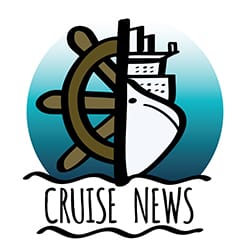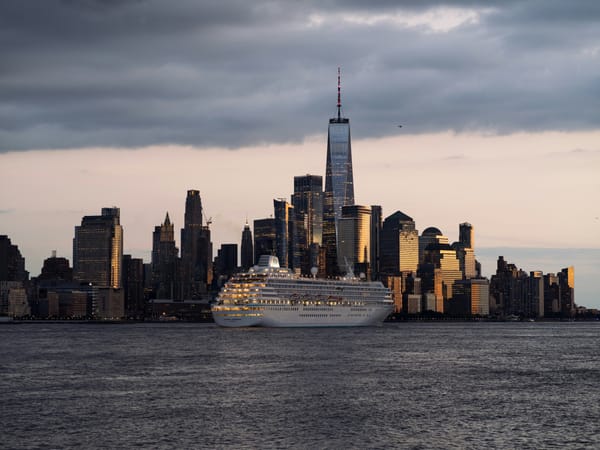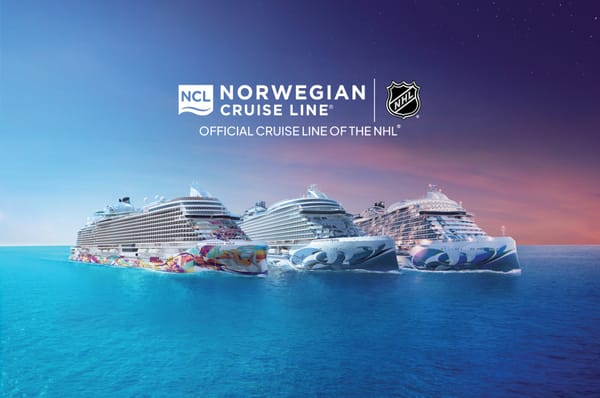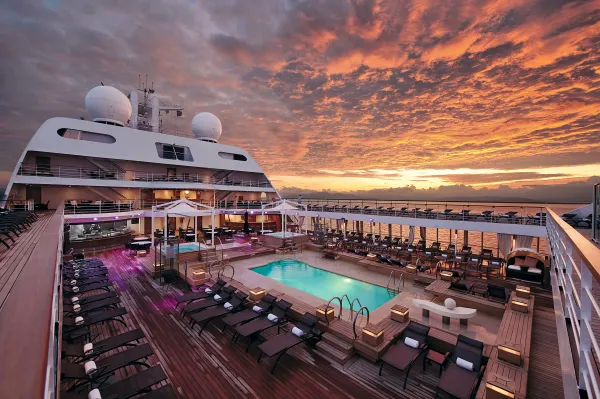Ocean Explorer Navigates 40-Foot Waves in Drake Passage Antarctic Crossing
The Ocean Explorer’s passage through the Drake’s fierce swells highlights both the risks and the enduring mystique of Antarctic voyages, as modern engineering meets nature’s extremes.
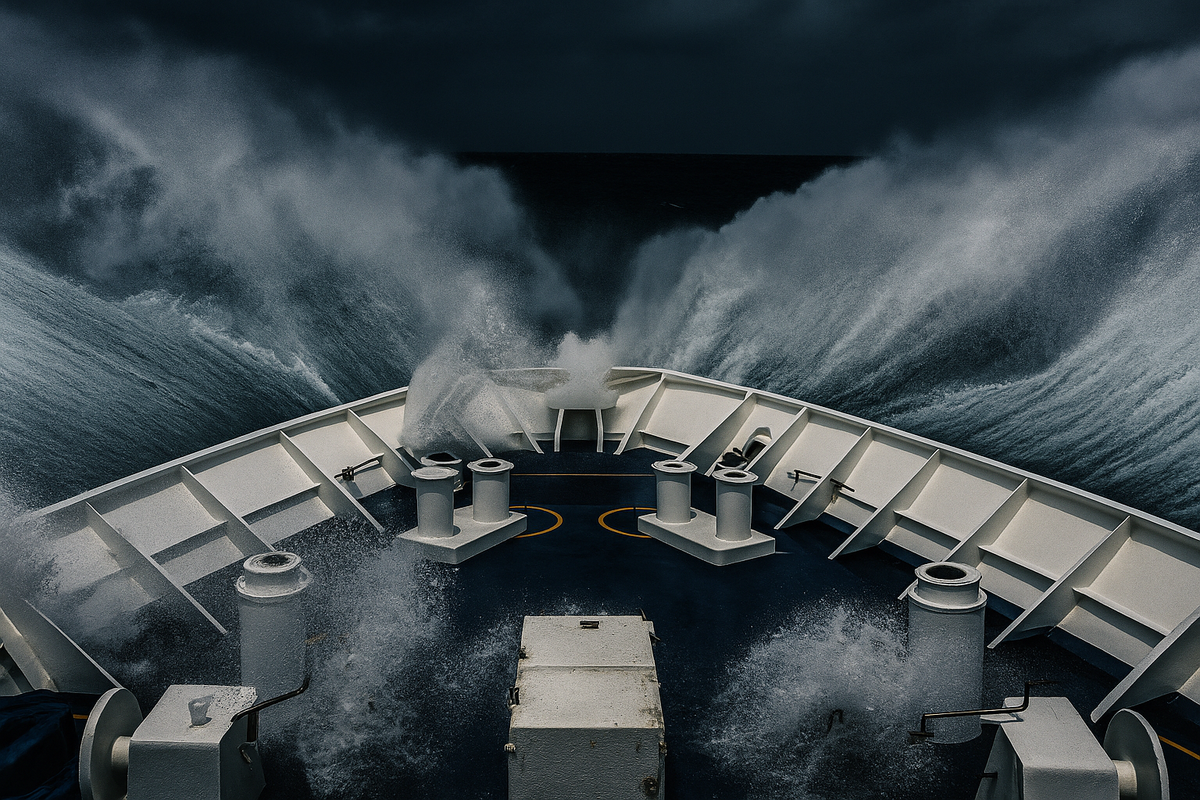
A luxury cruise ship, Quark Expeditions’ Ocean Explorer, recently crossed the Drake Passage, an approximately 600-mile waterway between the southern tip of South America and Antarctica, amid towering waves reaching up to 40 feet. Known by travelers as the “Drake Shake,” this region regularly delivers some of the most turbulent seas worldwide, creating a dramatic rite of passage for those venturing to the Antarctic continent.
The Drake Passage: A Treacherous Ocean Convergence
Often described as one of the most challenging maritime routes, the Drake Passage sits at the convergence of the Atlantic, Pacific, and Southern Oceans. Its open stretches offer little landmass to break a collision of strong winds and shifting currents, with swells frequently exceeding 30 feet. On calmer days, the same waters earn the contrasting nickname “Drake Lake.” Despite alternate travel methods, such as direct flights to Antarctic research stations, many adventurers insist that experiencing the Drake Passage crossing is integral to the journey’s mystique.
Ocean Explorer’s Dramatic Voyage
During the 48-hour crossing, passengers onboard the Ocean Explorer documented waves persistently pounding the vessel. Travel journalist and former TV personality Lesley Anne Murphy shared social media footage of hallways turning into impromptu slides, with personal belongings and even mounted televisions shifting on their fixtures. She described the passage as a “rollercoaster,” comparing the experience to being “on a 48-hour rollercoaster.” Shipside snapshots revealed plates tumbling off shelves and water visibly striking the ship’s large paneled windows.
Murphy recalled, “It was insane and, at times, even fun… 100% worth it for this trip of a lifetime.” She also noted, “I had full faith in that ship,” praising both the crew’s adept navigation and the vessel’s robust construction. Although some passengers admitted to battling seasickness, there were no reports of serious injuries.
Safety Measures and Official Cruise Line Statement
Crew members advised passengers to remain in their cabins during the height of the upheaval to minimize risks. Quark Expeditions specializes in polar voyages and designs its ships to endure harsh polar conditions. In an official statement, a company spokesperson said, “Our vessels are purpose-built for polar exploration and equipped with state-of-the-art navigation systems, stabilization technology, and experienced captains who closely monitor weather patterns. We prioritize passenger well-being and have robust contingency plans to handle adverse conditions in the Drake Passage.”
Cruise industry experts highlight that modern expedition ships are built with advanced stabilizers and reinforced hulls to withstand severe weather. While seasickness remains a common challenge on these journeys, the likelihood of structural damage is minimal when strict safety protocols are in place.
Passenger Perspectives and the Antarctic Allure
For many travelers, the Drake Passage crossing is a badge of honor. Passengers reported moments of camaraderie and shared wonder amid the turbulence, capturing stories of sliding hallways and swirling seas. Upon finally reaching Antarctica, most expressed relief and awe at having witnessed the ocean’s formidable power alongside the crew’s skillful navigation. As Murphy put it, the tumult was “100% worth it” for the rare chance to step onto the world’s southernmost continent.
As interest in polar exploration grows, the demand for safe yet adventurous ocean crossings shows no signs of waning. Quark Expeditions and similar operators continue to enhance training, reinforce protocols, and build technologically advanced ships, striking a careful balance between offering an authentic high-seas experience and ensuring passenger peace of mind.
Frequently Asked Questions (FAQs)
Why is the Drake Passage considered so challenging?
The Drake Passage connects the Atlantic, Pacific, and Southern Oceans, allowing powerful currents and weather systems to collide. Strong winds and minimal land barriers can create waves upward of 30 to 40 feet, often referred to as the “Drake Shake.”
How do cruise operators manage safety under such extreme conditions?
Ships designed for polar conditions have reinforced hulls, advanced stabilizers, and specialized safety protocols. Crews monitor weather forecasts closely, advising passengers to stay in cabins during rough periods to reduce the chance of injury.
Are 40-foot waves common in the Drake Passage?
Waves in the 30- to 40-foot range are not unusual in this region. The variability in ocean currents, combined with intense wind systems, contributes to the unpredictability and severity of weather patterns.
Do travelers have alternatives to crossing the Drake Passage by sea?
Yes. Some tour operators arrange flights directly to Antarctica, particularly to research stations or campsites. However, many travelers see the crossing itself as a key part of the Antarctic adventure.
What happens if severe weather disrupts the crossing?
Cruise lines typically have contingency plans, including route adjustments, temporary delays, or advising passengers to remain in cabins. Modern expedition vessels are equipped to handle turbulent conditions and keep passengers as safe as possible.
In the end, those who challenge the Drake Passage often depart with both relief and admiration for the sheer scale of the Southern Ocean, discovering that modern engineering, expert crews, and a sense of adventure can turn this notorious crossing into an unforgettable journey.
